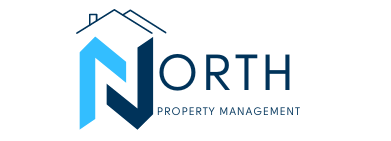- Purpose and Benefits of Routine Property Inspections:
Routine property inspections serve the purpose of identifying maintenance issues, ensuring tenant compliance with the lease agreement, and proactively addressing potential problems to maintain the property’s condition. - Scheduling Inspections and Notifying Tenants:
Establish a clear inspection schedule and provide tenants with advance notice to respect their privacy and allow them to prepare for the inspection. - Developing a Comprehensive Inspection Checklist:
Create a detailed inspection checklist covering both the interior and exterior aspects of the property. The checklist should encompass key areas like appliances, plumbing, electrical systems, walls, flooring, and safety features. - Evaluating Property Condition: Interior and Exterior:
Thoroughly inspect the interior and exterior of the property. Check for signs of wear and tear, damages, leaks, mold, or any safety hazards that may need immediate attention. - Documenting Inspection Findings and Photos:
Document all inspection findings in writing and take photographs to provide evidence of the property’s condition during the inspection. This documentation helps in addressing maintenance and compliance issues effectively. - Identifying Maintenance and Repair Needs:
Identify any maintenance or repair needs discovered during the inspection. Prioritize and address these issues promptly to prevent them from escalating into more significant problems. - Addressing Safety and Compliance Concerns:
Ensure that the property meets all safety standards and complies with local housing codes and regulations. Address any safety concerns and ensure that the property is habitable for tenants. - Communicating Inspection Results to Tenants:
After the inspection, communicate the results to tenants in a clear and professional manner. Provide constructive feedback and outline any necessary steps for addressing any identified issues. - Building Trust through Transparent Inspections:
Transparent and consistent inspections help build trust between landlords and tenants. Demonstrating a commitment to maintaining the property’s condition contributes to a positive tenant-landlord relationship. - Leveraging Technology for Efficient Inspections:
Consider using property management software or inspection apps to streamline the inspection process. Technology can help schedule inspections, record findings, and generate reports more efficiently.
